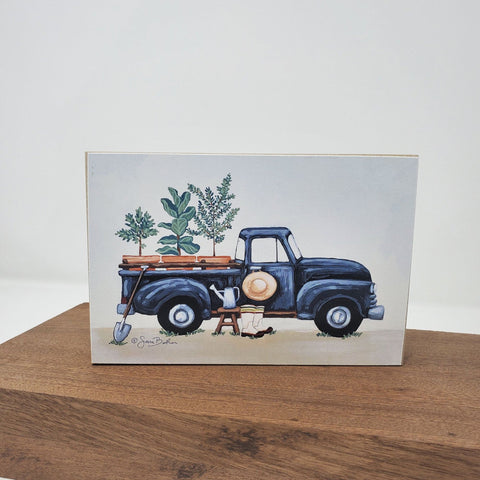Your Cart is Empty
Carefully curated Farmhouse Rustic designs & unique Cabin Decor perfect for personalizing your special place!
It’s almost harvest season! It’s important that you use as much of the produce that you grew, especially since you worked so hard in your garden! We’re sharing our favorite tips and tricks that help you reduce food waste in your kitchen.
Included in this blog are items that we love. If you take action after clicking on one of the affiliate links (i.e. make a purchase), we'll earn some coffee money which we promise to sip while making the veggie stock mentioned below. You do not pay a higher price.

Different fruits and veggies have different needs. It’s important to store your produce correctly so that it can stay fresh as long as possible. By lengthening the amount of time the produce stays fresh, it will give you more time to plan how to use it without the risk of veggies spoiling before you’re ready for them.
Below we’ve listed out which fruits and veggies store best in the fridge and which you should leave on your counter:
Keep us chilly:
Cherries
Mushrooms
Peppers
Fresh Herbs (parsley, dill, mint, etc.)
Berries
Asparagus
Beets
Turnips
Radishes
Brussels Sprouts
Summer Squash
Broccoli
Cauliflower
Leafy Greens (lettuce, spinach, cabbage, etc.)
Green Onions
Carrots
Fennel
Celery
Artichokes
Keep us on the countertop:
Avocados
Bananas
Melon (before cutting, after cutting store in the fridge)
Citrus fruits (lemons, limes, oranges, etc.)
Pears
Apples
Stone fruits (plums, peaches, apricots, etc.)
Cucumbers
Eggplant
Mangos
Kiwi
Pineapple (before cutting, after cutting store in the fridge)
Tomatoes
Keep us in a dark location, such as a pantry or cabinet:
Onions
Shallots
Garlic
Pomegranates
Potatoes
Winter Squash

Foods that are great for pickling are red cabbage, onions, cucumbers, green beans, and carrots. Add a few of your favorite spices for a unique flavor. Be sure to use authentic mason jars for the best quality pickled veggies.
Follow this step by step Quick Pickling recipe:

You worked hard to grow your veggies all Summer! They deserve to be used in the most ways possible. Making vegetable stock is quick and easy. The best part, any veggie scraps can be used. Some ideas that are great to include are broccoli stems, potato and carrot peels, onion skins, and celery ends. Be sure any scraps you are using are cleaned thoroughly before using for this recipe!
Follow this easy Vegetable Stock recipe:
Feeling inspired to get into the garden? Check out some of our favorite products for gardening lovers like you!

Shop our Rustic Truck Gardening Sign here

Shop our Spring Garden Front Porch Welcome Mat here

